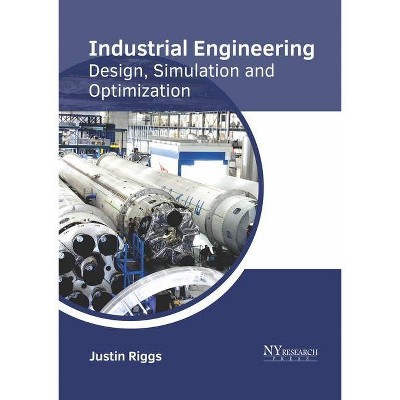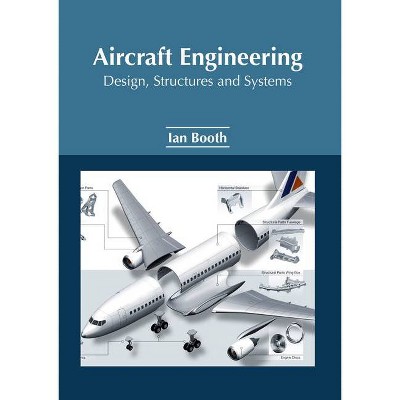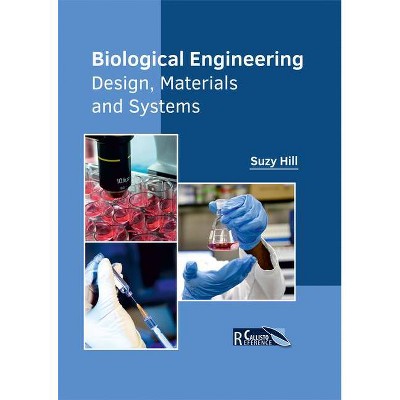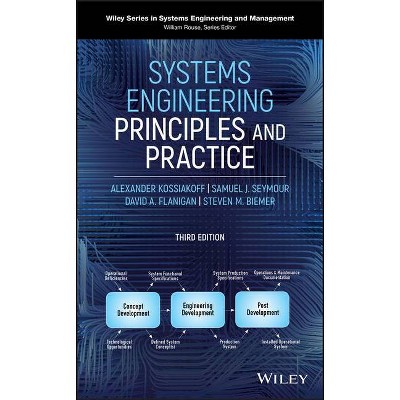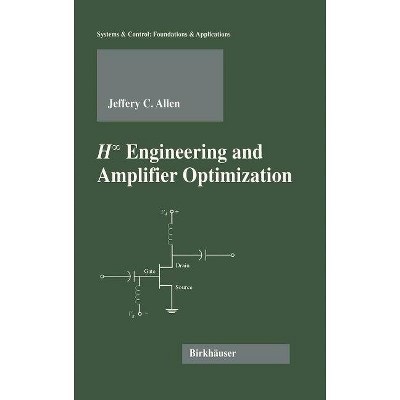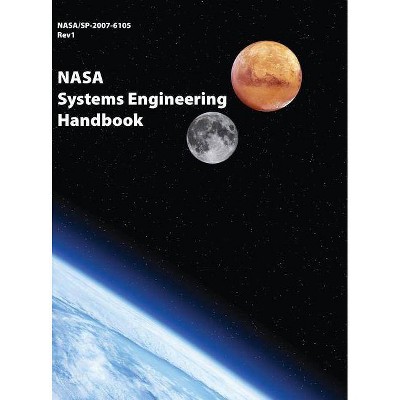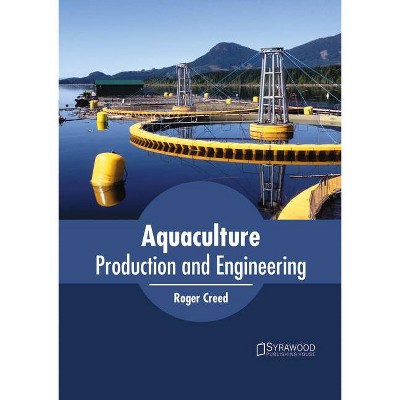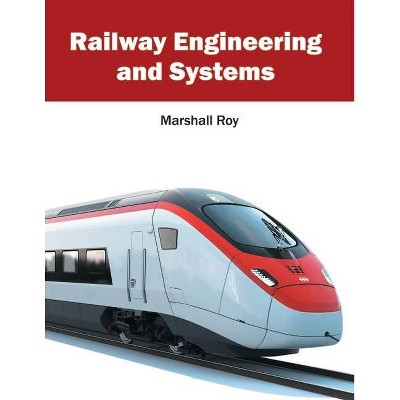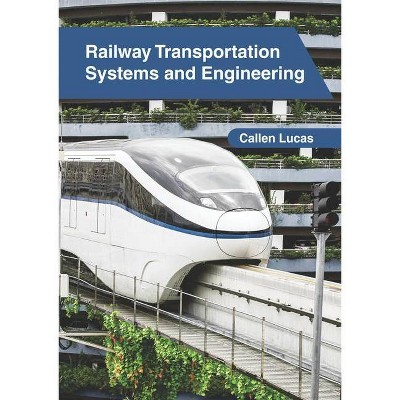Engineering Design and Optimization of Thermofluid Systems - by David S K Ting (Hardcover)
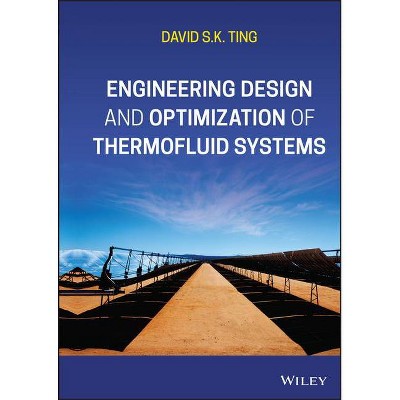
Similar Products
Products of same category from the store
AllProduct info
<p/><br></br><p><b> About the Book </b></p></br></br>"Thermofluid systems are complex engineering systems that incorporate heat transfer, thermodynamics, fluid dynamics, and mass transfer. Common examples of thermofluid systems include pumps, compressors, heat exchangers, HVAC systems, power generation systems, and alternative and sustainable energy technologies. Optimization is the engineering term for improving a design for best performance, efficiency, economy, and/or environmental friendliness, and is a critical consideration for engineers when designing thermofluid systems"--<p/><br></br><p><b> Book Synopsis </b></p></br></br><p><b>A practical and accessible introductory textbook that enables engineering students to design and optimize typical thermofluid systems</b></p> <p><i>Engineering Design and Optimization of Thermofluid Systems</i> is designed to help students and professionals alike understand the design and optimization techniques used to create complex engineering systems that incorporate heat transfer, thermodynamics, fluid dynamics, and mass transfer. Designed for thermal systems design courses, this comprehensive textbook covers thermofluid theory, practical applications, and established techniques for improved performance, efficiency, and economy of thermofluid systems. Students gain a solid understanding of best practices for the design of pumps, compressors, heat exchangers, HVAC systems, power generation systems, and more.</p> <p>Covering the material using a pragmatic, student-friendly approach, the text begins by introducing design, optimization, and engineering economics--with emphasis on the importance of engineering optimization in maximizing efficiency and minimizing cost. Subsequent chapters review representative thermofluid systems and devices and discuss basic mathematical models for describing thermofluid systems. Moving on to system simulation, students work with the classical calculus method, the Lagrange multiplier, canonical search methods, and geometric programming. Throughout the text, examples and practice problems integrate emerging industry technologies to show students how key concepts are applied in the real world. This well-balanced textbook: </p> <ul> <li>Integrates underlying thermofluid principles, the fundamentals of engineering design, and a variety of optimization methods</li> <li>Covers optimization techniques alongside thermofluid system theory</li> <li>Provides readers best practices to follow on-the-job when designing thermofluid systems Contains numerous tables, figures, examples, and problem sets</li> </ul> <p>Emphasizing optimization techniques more than any other thermofluid system textbook available, <i>Engineering Design and Optimization of Thermofluid Systems</i> is the ideal textbook for upper-level undergraduate and graduate students and instructors in thermal systems design courses, and a valuable reference for professional mechanical engineers and researchers in the field.</p><p/><br></br><p><b> From the Back Cover </b></p></br></br><p><b>A practical and accessible introductory textbook that enables engineering students to design and optimize typical thermofluid systems</b></p><p><i>Engineering Design and Optimization of Thermofluid Systems</i> is designed to help students and professionals alike understand the design and optimization techniques used to create complex engineering systems that incorporate heat transfer, thermodynamics, fluid dynamics, and mass transfer. Designed for thermal systems design courses, this comprehensive textbook covers thermofluid theory, practical applications, and established techniques for improved performance, efficiency, and economy of thermofluid systems. Students gain a solid understanding of best practices for the design of pumps, compressors, heat exchangers, HVAC systems, power generation systems, and more.</p><p>Covering the material using a pragmatic, student-friendly approach, the text begins by introducing design, optimization, and engineering economics--with emphasis on the importance of engineering optimization in maximizing efficiency and minimizing cost. Subsequent chapters review representative thermofluid systems and devices and discuss basic mathematical models for describing thermofluid systems. Moving on to system simulation, students work with the classical calculus method, the Lagrange multiplier, canonical search methods, and geometric programming. Throughout the text, examples and practice problems integrate emerging industry technologies to show students how key concepts are applied in the real world. This well-balanced textbook: </p><ul><li>Integrates underlying thermofluid principles, the fundamentals of engineering design, and a variety of optimization methods</li><li>Covers optimization techniques alongside thermofluid system theory</li><li>Provides readers best practices to follow on-the-job when designing thermofluid systems</li><li>Contains numerous tables, figures, examples, and problem sets</li></ul><p>Emphasizing optimization techniques more than any other thermofluid system textbook available, <i>Engineering Design and Optimization of Thermofluid Systems</i> is the ideal textbook for upper-level undergraduate and graduate students and instructors in thermal systems design courses, and a valuable reference for professional mechanical engineers and researchers in the field.</p><p/><br></br><p><b> About the Author </b></p></br></br><p><b>David S.K. Ting</b> is a Professor of Mechanical, Automotive, and Materials Engineering at the University of Windsor, Ontario, Canada. He has taught over a dozen courses at UWindsor and is the founder of its Turbulence and Energy Laboratory. He has co-authored over 140 journal papers, authored 3 textbooks and co-edited 10 volumes, is affiliated with ASHRAE, ASME, and SAE, and was named the 2018 Best Reviewer of the Year by ASME's Heat Transfer Division.</p>
Price History
Price Archive shows prices from various stores, lets you see history and find the cheapest. There is no actual sale on the website. For all support, inquiry and suggestion messages communication@pricearchive.us
